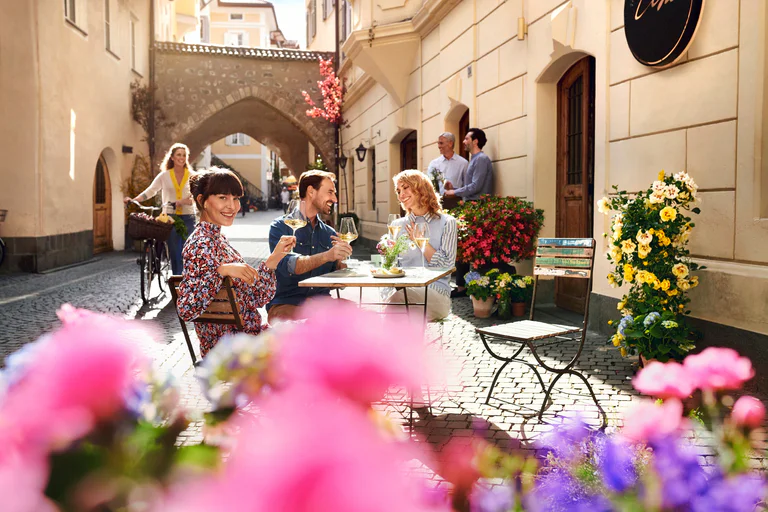The art collection of the Museum of Klausen/Chiusa is located in the former Capuchin monastery. The entire first floor of the museum is dedicated to the famous Treasure of Loreto that forms the most important part of the museum. The Treasure of Loreto goes back to an endowment around 1700 by Queen Maria Anna of Spain (1667-1740) in response to a request by her confessor, Father Gabriel Pontifeser.
Another key aspect of our permanent exhibition is the Klausner Art Colony (1874-1914) with its well-known representative Alexander Koester.
The tour through the museum includes also a visit to the baroque Capuchin church.
Temporary exhibitions
29.3. - 31.05.2025: Two special exhibitions at the City Museum
- “THE HUTTERITES”
A search for traces in Chiusa
Opening: Friday, 28.3.2025 - "PESC"
Joint exhibition in collaboration with UNIKA
Opening: Friday, 28.3.2025
14.6. - 16.8.2025: Two special exhibitions at the City Museum
- LOIS ANVIDALFAREI
„Hoc est enim Corpus meum“
Opening: 13.6.2025 - ERIC PERATHONER
Art in the Old Town
Opening: 13.6.2025
30.8. - 31.10.2025
Joint exhibition at the City Museum in collaboration with the ACADEMY OF FINE ARTS OF VENICE
Duration: 30.8. – 31.10.2025
Opening: 29.8.2025
More information about the city museum: https://www.museumklausenchiusa.it/en/






































